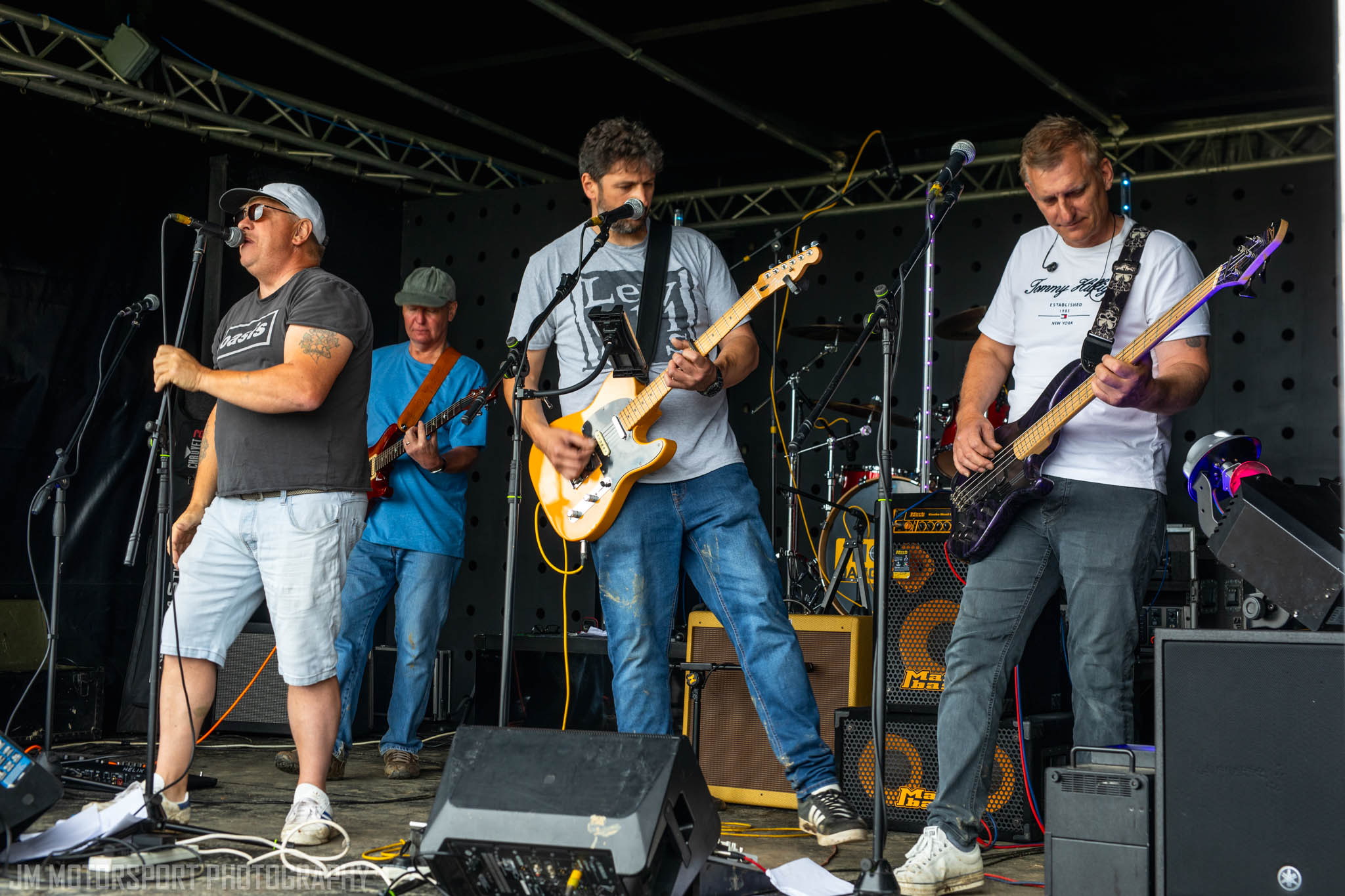If you think of one animal in March, it would have to be the mad March hare.
All around the Spalding area, you can see them. From gently lolloping along, two or more hares suddenly go into high speed chases.
They then rear up onto their hind legs, battering each other with a flurry of blows. So what on earth is going on?
Well, it used to be thought that these antics were actions of two males fighting for the attentions of a female.
But the reality is quite different. Instead of being two males, it is really a male and a female.
The bloke is trying to woo the lady, and pushes his luck by creeping closer and closer. If she isn’t interested, the female hare hops away. But often the male doesn’t take the hint. If he keeps pestering her, then the female runs away. Sometimes even this isn’t enough of a hint, and the male chases after her.
When this happens, violence is the only answer. The female turns round and biffs the male, raining down blows until he gets the message and leaves her alone. At least for a while!
Hares have another reason to be the animal of the moment, in that they are the original Easter bunny.
The hare was the companion animal of the old pagan goddess Eostre. Eostre was a goddess representing the dawn and fertility.
Hares, rather like rabbits, are very good at breeding and so an ideal choice to be the companion to a fertility goddess.
Of course, when Christianity came to Britain, the old religions were either suppressed or borrowed from.
So the new Christian festival in springtime was given the name of an old goddess, and became Easter.
Hence the Easter bunny, with its habit of leaving eggs around, really dates back a long way.
by Dr Chris Andrews
RSPB Frampton Marsh






